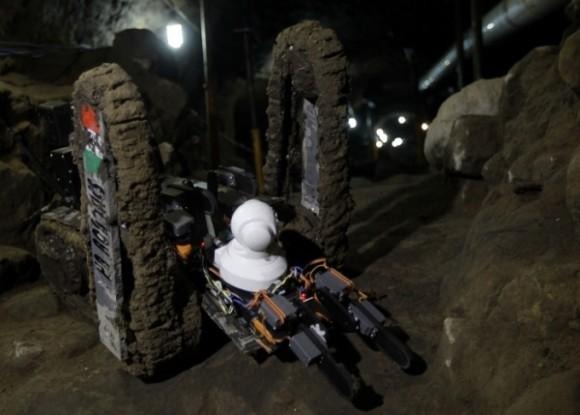Robot archaeologist discovers new chambers under Temple of Quetzalcoatl
Archaeology can be both challenging and dangerous. A lot of the archaeological finds take discovers underground, where they are forced to squeeze through very narrow passages that are at times to narrow for a human to crawl through. Archaeologists working in Mexico near the Pyramid of the Sun have begun using a robotic archaeologist to explore caverns and tunnels underneath the Temple of Quetzalcoatl. The caverns are too small for a normal human to explore.
The robot is called Tlaloc II-TC and gets its name from the Aztec god of rain. The robot is 3 feet long and designed to allow to easily pass through tight passageways that are too small for a human. The robotic explorer has a video camera and mechanical arms to help move any obstructions out of the way.

The human archaeologists lowered the robot into a 2000-year-old tunnel so that the robot could check how safe the tunnel was for human exploration. The researchers explored for several months using the robot and this week an investigation of the data retrieved by the robot led to images that archaeologists believed to be three ancient rooms. The tunnels in question are approximately 37 miles north of Mexico City underneath the Temple of Quetzacoatl, near the Pyramid of the Sun.
The configuration of the space discovered by the robotic archaeologist is said to be similar to a tunnel previously discovered beneath Teotihuacan's Pyramid of the Sun. Archaeologists know very little about the rulers of the ancient city and have no depictions of a ruler or tombs of monarchs to study. Archaeologists hope that further investigation could reveal clues about the people who built ancient constructs.
[via Science World Report]
